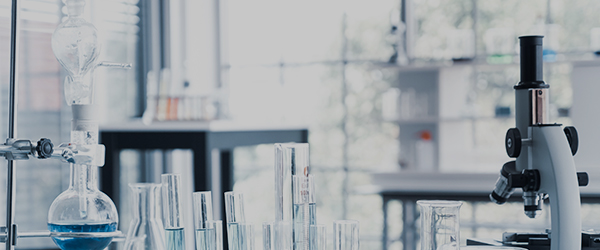


Development of an AI-Based Image Analysis Model for Verifying Partial Defects in Nuclear Fuel Assemblies
| Author | Seulah Kim, Dayun Parkm, Hyung-Joo Choi, Chul Hee Min, and Jaejoon Ahn* |
| Journal | Energies |
| Volume | Vol. 18(3), 620 |
| Published | 29 January 2025 |
| DOI | https://doi.org/10.3390/en18030620 |
Abstract
The increase in the number of nuclear power plants utilized for achieving carbon neutrality has emphasized the importance of managing high-radiation spent nuclear fuel (SNF). Traditional inspection methods, such as gamma emission tomography (GET), have limitations in terms of detecting partial defects within SNF assemblies. This study aims to increase the accuracy of SNF defect detection by optimizing artificial intelligence (AI)-based classification algorithms. By using emission tomography image data acquired from 3 × 3 nuclear fuel assemblies, we compare the performance of neural network models (AlexNet, ResNet, and the squeeze-and-excitation network (SENet)) and tree-based ensemble models (extreme gradient boosting (XGBoost), random forest model, and light gradient boosting machine (LightGBM)). Our results show that the neural network models, particularly ResNet and SENet, achieve superior classification accuracy with limited training data. SENet in particular demonstrates high performance with fewer samples, indicating its defect detection effectiveness in scenarios with minimal data. Tree-based models such as XGBoost and LightGBM also exhibit high accuracy but are slightly less effective than the neural networks are. In conclusion, AI-based classification systems, especially those utilizing advanced neural networks, can significantly improve the inspection and management processes related to SNFs, ensuring safety and compliance in nuclear energy operations. Future work should explore these methodologies for larger configurations beyond 3 × 3 assemblies to further validate their effectiveness.